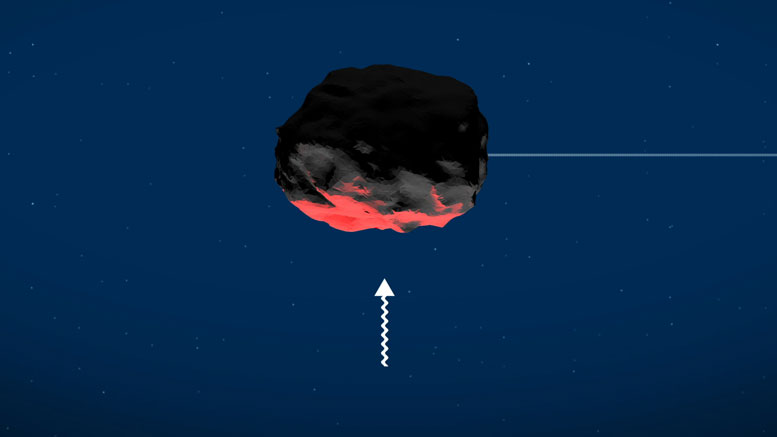
Astronomers have identified the oldest asteroid families and, by process of elimination, the oldest intact asteroids in the main belt. A team including SwRI scientists developed a technique to identify ancient asteroid families that have drifted apart. Asteroid surfaces heat up during the day (as illustrated by this image) and cool down at night, giving off radiation that can act as a sort of mini-thruster. This force can cause asteroids to drift widely over time, making it difficult to identify families of fragments leftover after asteroid collisions eons ago.
Scientists developed a technique to identify ancient asteroid families, revealing the oldest known asteroid family in the inner region of the main asteroid belt.
Southwest Research Institute (SwRI) was part of an international team that recently discovered a relatively unpopulated region of the main asteroid belt, where the few asteroids present are likely pristine relics from early in solar system history. The team used a new search technique that also identified the oldest known asteroid family, which extends throughout the inner region of the main asteroid belt.
The main belt contains vast numbers of irregularly shaped asteroids, also known as planetesimals, orbiting the Sun between Mars and Jupiter. As improved telescope technology finds smaller and more distant asteroids, astronomers have identified clusters of similar-looking bodies clumped in analogous orbits. These familial objects are likely fragments of catastrophic collisions between larger asteroids eons ago. Finding and studying asteroid families allows scientists to better understand the history of main belt asteroids.
“By identifying all the families in the main belt, we can figure out which asteroids have been formed by collisions and which might be some of the original members of the asteroid belt,” said SwRI Astronomer Dr. Kevin Walsh, a coauthor of the online Science paper detailing the findings. “We identified all known families and their members and discovered a gigantic void in the main belt, populated by only a handful of asteroids. These relics must be part of the original asteroid belt. That is the real prize, to know what the main belt looked like just after it formed.”
Watch ‘dark asteroids’ reveal secrets of the early solar system
Identifying the very oldest asteroid families, those billions of years old, is challenging, because over time, a family spreads out. As asteroids rotate in orbit around the Sun, their surfaces heat up during the day and cool down at night. This creates radiation that can act as a sort of mini-thruster, causing asteroids to drift widely over time. After billions of years, family members would be almost impossible to identify, until now. The team used a novel technique, searching asteroid data from the inner region of the belt for old, dispersed families. They looked for the “edges” of families, those fragments that have drifted the furthest.
“Each family member drifts away from the center of the family in a way that depends on its size, with small guys drifting faster and further than the larger guys,” said team leader Marco Delbo, an astronomer from the Observatory of Cote d’Azur in Nice, France. “If you look for correlations of size and distance, you can see the shapes of old families.”
“The family we identified has no name, because it is not clear which asteroid is the parent,” Walsh said. “This family is so old that it appears to have formed over 4 billion years ago, before the gas giants in the outer solar system moved into their current orbits. The giant planet migration shook up the asteroid belt, removing many bodies, possibly including the parent of this family.”
Rotating asteroids have a tough time sticking to their orbits. Their surfaces heat up during the day and cool down at night, giving off radiation that can act as a sort of mini-thruster. This force, called the Yarkovsky effect, can cause rotating asteroids to drift widely over time, making it hard for scientists to predict their long-term risk to Earth. To learn more about the Yarkovsky effect, NASA is sending a spacecraft called OSIRIS-REx to the near-Earth asteroid Bennu. OSIRIS-REx will observe how Bennu’s shape, brightness, and surface features influence the strength of the Yarkovsky effect, helping scientists to better predict Bennu’s orbit over time and pin down its long-term risk.
The team plans to apply this new technique to the entire asteroid belt to reveal more about the history of the solar system by identifying the primordial asteroids versus fragments of collisions. This research was supported by the French National Program of Planetology and the National Science Foundation.
Reference: “Identification of a primordial asteroid family constrains the original planetesimal population” by Marco Delbo’, Kevin Walsh, Bryce Bolin, Chrysa Avdellidou and Alessandro Morbidelli, 3 August 2017, Science.
DOI: 10.1126/science.aam6036

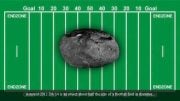
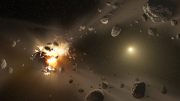
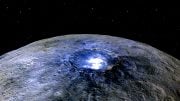
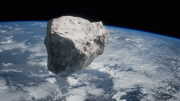
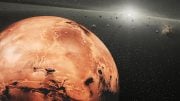
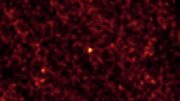
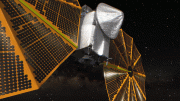
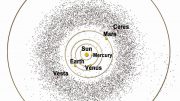
Be the first to comment on "SwRI Astronomers Identify the Oldest Known Asteroid Family"